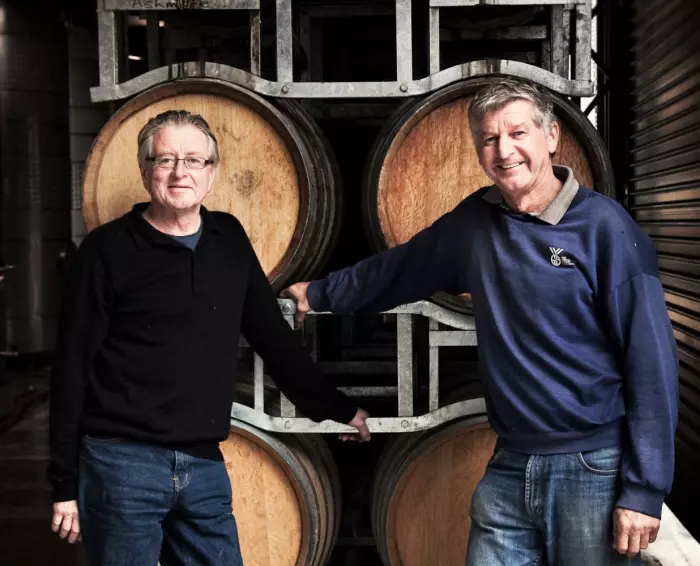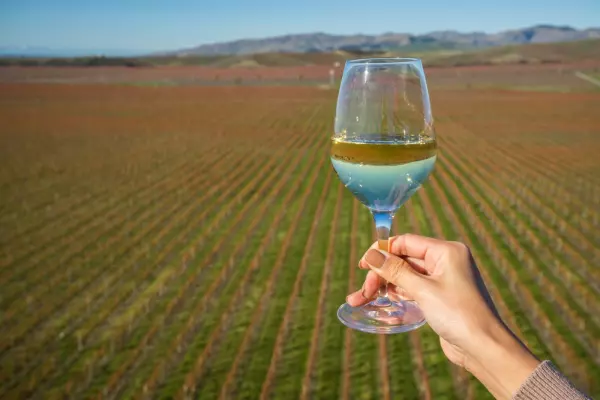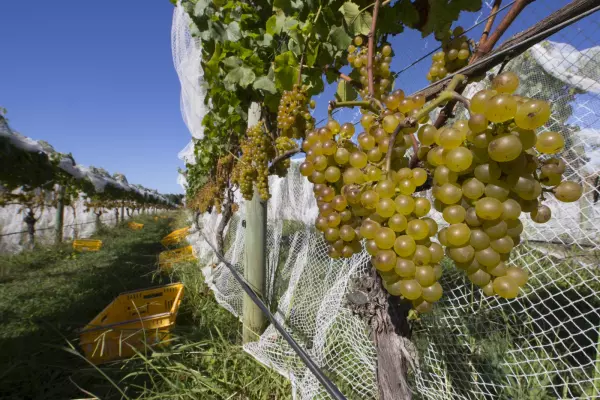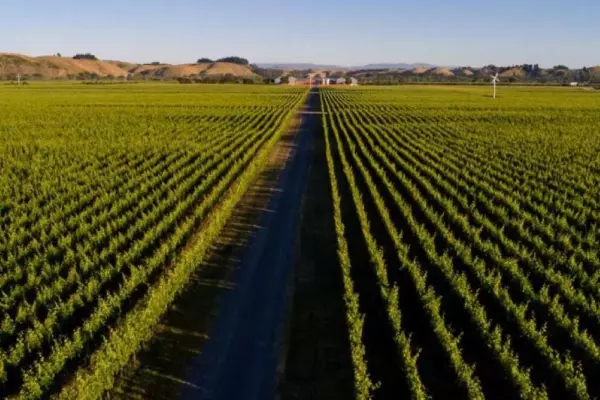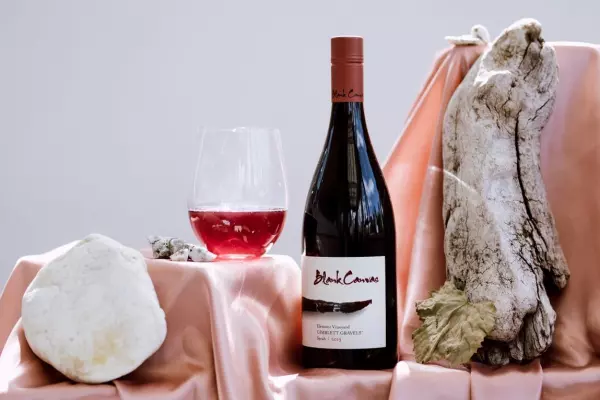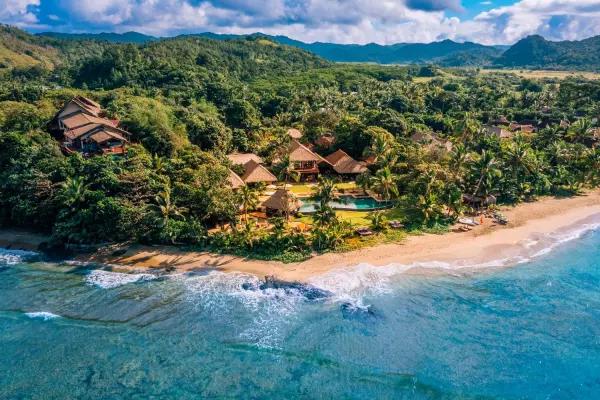A handful of “high end” and presumably well-resourced wine producers have been holding back a small amount of selected wines to re-release them up to 10 years later at a premium price.
That strategy would have backfired a decade or so ago, when “latest” meant “greatest”. The quality of New Zealand wine has been on a steep trajectory for a long time. Growth is, by its own definition, unsustainable. Inevitably, the quality of our wine is beginning to plateau. That flattening out of the quality curve makes it more viable to hold back and re-release age-worthy wines.
Pegasus Bay, the well-established Waipara winery, started holding back a small percentage of selected wines in 2006 before releasing them 8-10 years later under their “Aged Release” programme. “We wanted to offer aged wines to our trade and mail-order customers and started with our 2002 riesling and 2006 pinot noir,” marketing manager Ed Donaldson explained. “Restaurants, in particular, don’t have the resources to store wine and as a result, few are able to offer good, mature bottles. There was much more interest than we’d anticipated. We soon increased the quantity of wine for our Aged Release programme.”
Donaldson chooses wines that are 10 years older than the year of original release and makes them available around August/September each year. “We wanted to add a premium but we didn’t want to overprice the cellared wines. Importantly, we didn’t want our customers to think that we were clearing slow-moving wines.”
I recently reviewed the Pegasus Bay 2010 “Aged Release” Prima Donna Pinot Noir, which had a recommended retail price of $120, a modest premium of $36 over the original release price of $84. I awarded a rating of 96 points when I first tasted the wine in 2013 and increased that to 97 points after tasting it again recently.
Cult Marlborough wine producer Dog Point make only four wines. They re-release all four at around 10 years of age toward the end of each year. Winemaker/partner James Healy (pictured above left, with co-owner Ivan Sutherland on the right) explained that they make wines which evolve in the bottle, so it makes sense to demonstrate that fact to their customers.
Two of their four wines are made from sauvignon blanc, a variety that many people believe should be consumed within a year or two of bottling. Healy disagrees. “Good wine is not about immediate drinking. Two of the greatest wines I’ve tasted were aged sauvignons. I recently got a phone call from an Australian wine enthusiast. He admitted that his heart dropped when he came across a bottle of our 2011 sauvignon blanc in his cellar but confessed that it was one of the best white wines he’d tasted in his life.”
Bob’s Top Picks
Investment Wine

Puriri Hills 2014 Pope, $195
Puriri Hills is a quality-obsessed Clevedon winery that was voted Top NZ Winery by The Real Review. This is their flagship wine, made up of merlot (41 percent), cabernet franc (31 percent), carménère (18 percent), and malbec (10 percent). “Pope” honours a past employee, not the Pontiff in Rome. Quite a Bordeaux-like red that’s more vinous than fruity. Savoury/dried herb, spicy oak, leather, violet, dark berries, plum and cocoa powder. Still quite youthful, with plenty of cellaring potential.
Weekend Wines
Top White
 Dog Point 2019 Sauvignon Blanc, Marlborough, $28
Dog Point 2019 Sauvignon Blanc, Marlborough, $28
Intense, precise sauvignon blanc with grapefruit/citrus, subtle passionfruit and a suggestion of struck flint character. Powerful wine that’s long and linear, with strong varietal definition that’s made more interesting with a hint of reductive character. A hot prospect for the cellar, it will be even more interesting in 10 years’ time.
Top Red

Pegasus Bay 2010 Prima Donna Pinot Noir, Waipara, $120
This generously proportioned flagship pinot noir seems to be just easing into third gear after nearly a decade in bottle. Concentrated wine with layers of interesting spice, dried fruits and savoury flavours. A terrific tipple that should manage another decade at least.
Read more from Bob at therealreview.com


